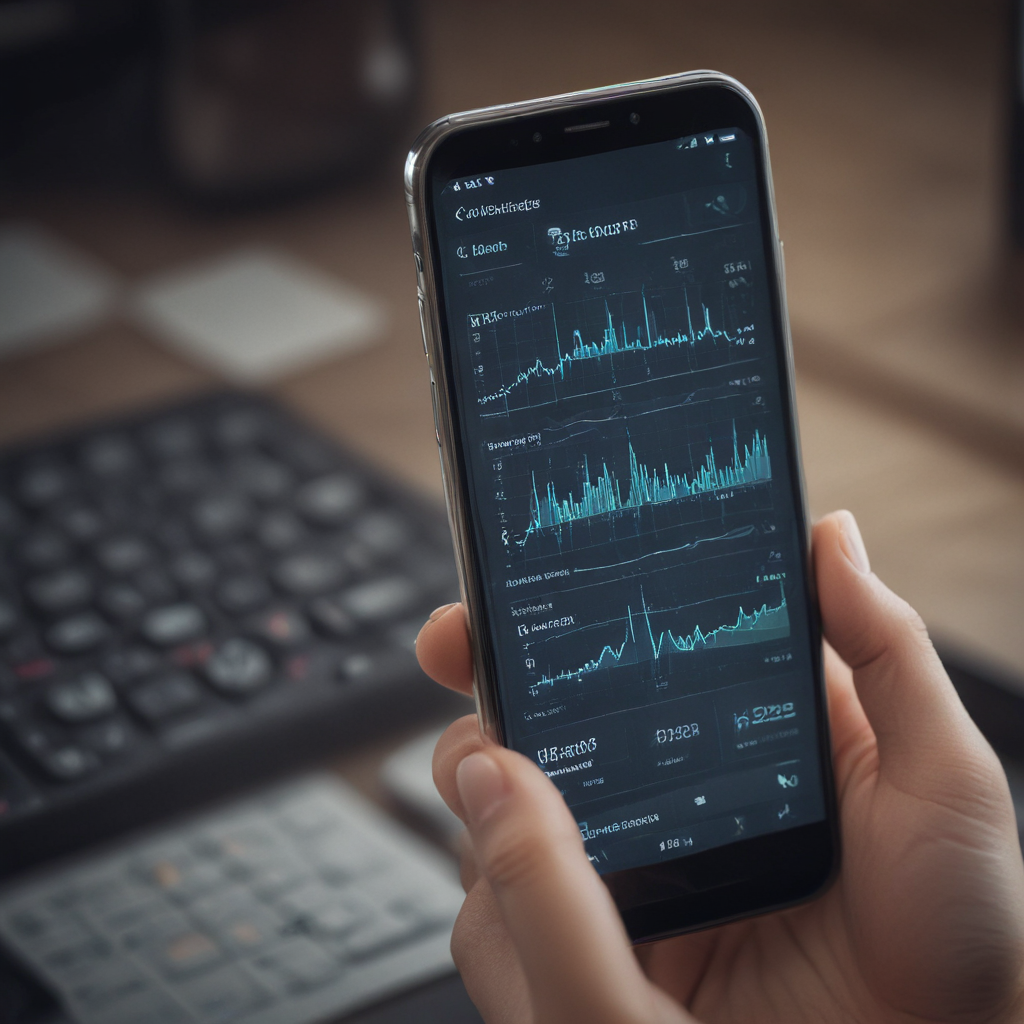Exploring New Horizons: The Portuguese Approach to Education and Technology in Voyages of Discovery
Introduction
The Portuguese voyages of exploration in the 15th and 16th centuries were a groundbreaking era in human history that reshaped our understanding of the world. These voyages were not only powered by the vision and bravery of Portuguese explorers but also heavily depended on their education and technology. In this article, we will delve into how the Portuguese utilized education and technology to embark on these historic journeys and pave the way for future explorations. Let’s set sail!
The Role of Navigation Schools
The Portuguese were pioneers in establishing navigation schools that provided comprehensive education in seamanship, cartography, astronomy, and mathematics. These schools, such as the famous School of Sagres, played a vital role in equipping Portuguese sailors with the necessary knowledge and skills to navigate uncharted waters.
Advancements in Shipbuilding
Portuguese shipbuilders made significant advancements in vessel construction, particularly with the development of caravels. These small, highly maneuverable ships were ideal for long-distance explorations. The innovative design and construction techniques used by Portuguese shipbuilders played a crucial role in the success of their voyages.
The Astrolabe: A Navigator’s Essential Tool
One of the key technological advancements utilized by the Portuguese was the astrolabe. This instrument allowed sailors to determine their latitude by measuring the angle between the Sun or a specific star and the horizon. The astrolabe greatly improved the accuracy of navigation, enabling explorers to plot their course with precision.
Cross-Staff and Quadrant: Navigating the Seas
In addition to the astrolabe, Portuguese sailors also relied on instruments like the cross-staff and quadrant to measure the height of celestial bodies above the horizon. These tools were essential for determining longitude and further enhancing navigational accuracy during their voyages of exploration.
FAQ
Q: How did the Portuguese education system support their voyages of exploration?
A: The Portuguese education system, specifically the establishment of navigation schools, played a crucial role in equipping sailors with the necessary knowledge and skills needed for exploration. These schools provided education in seamanship, cartography, astronomy, and mathematics, allowing Portuguese sailors to navigate uncharted waters confidently.
Q: What were some of the key technological advancements used by the Portuguese explorers?
A: Portuguese explorers utilized various technological advancements, including the development of caravels, the astrolabe, and instruments like the cross-staff and quadrant. These advancements in shipbuilding and navigation instruments significantly improved the accuracy and efficiency of their voyages.
Q: How did the Portuguese navigators determine their position at sea?
A: Portuguese navigators used a combination of celestial navigation techniques and instruments such as the astrolabe, cross-staff, and quadrant. By measuring the angle between celestial bodies and the horizon, they could determine their latitude and longitude, allowing them to plot their course accurately.


